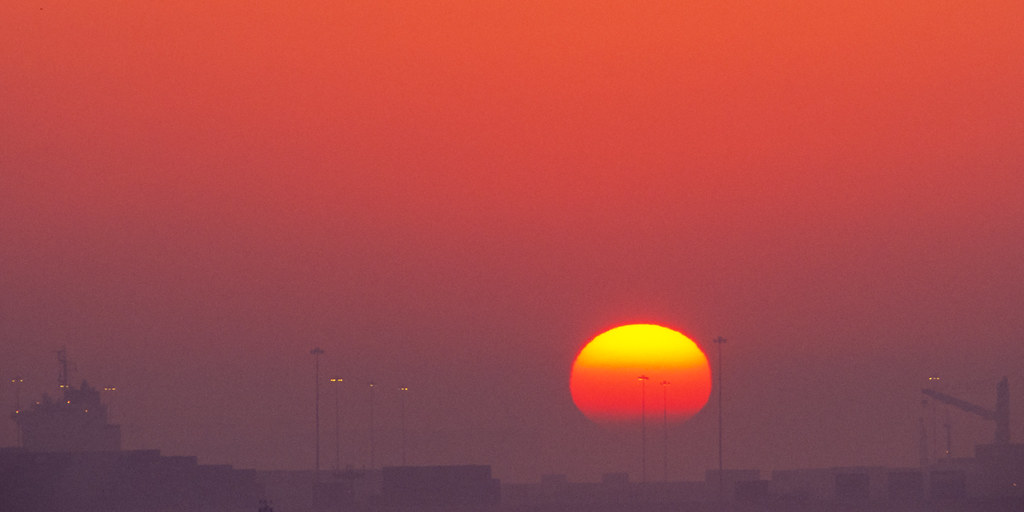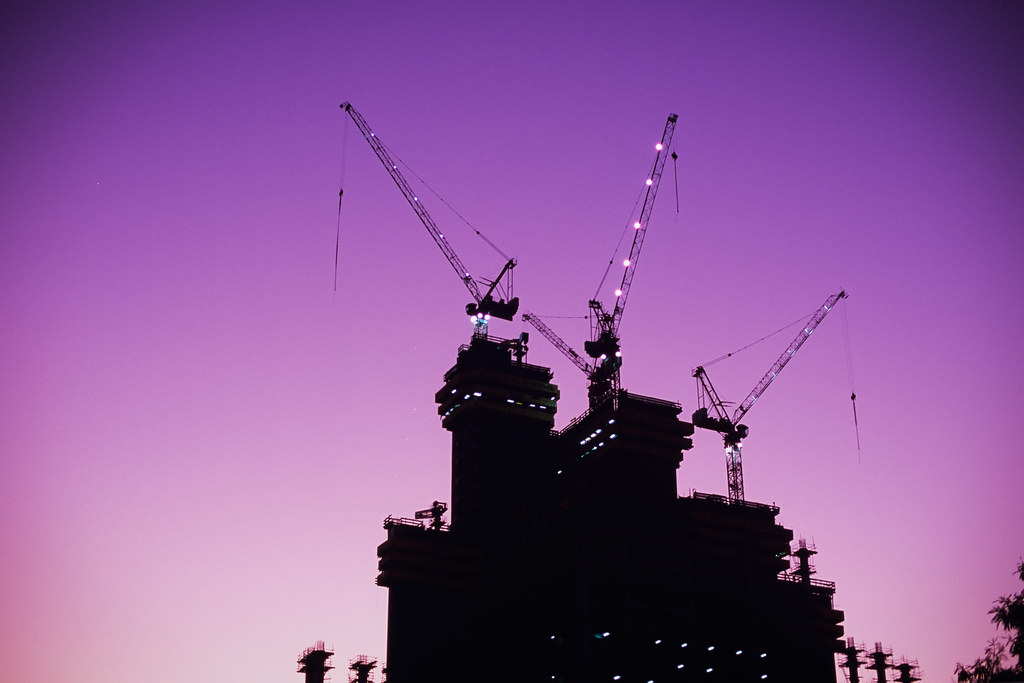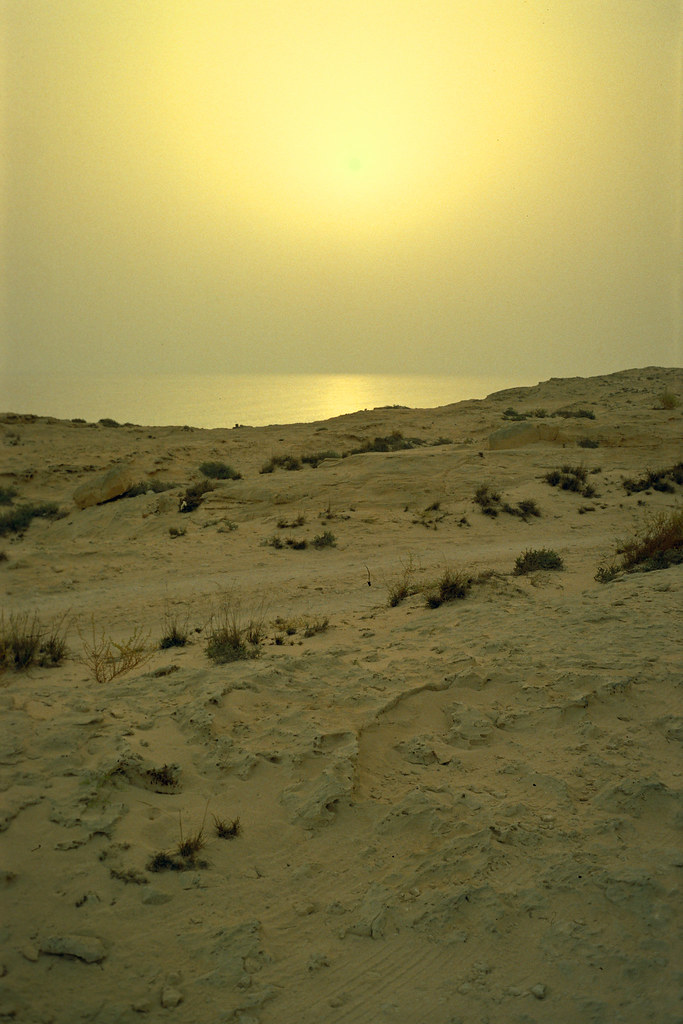
Film has so much range.
In the film days people used to complain about slide film, especially high-contrast slide film, for its unforgiving short exposure range. This is because the negative film that most people used had such an incredibly high usable range that people could be four or five stops off on their exposure and still walk out of the lab with a stack of beautiful prints.
Now that digital is mainstream everyone knows that you have to get the exposure perfect. Exposure is so unforgiving on digital that even high contrast slide film looks positively generous in its exposure range.
I underexposed this shot very badly. I'm not sure how much but to the eye this frame looked almost completely black. However, after about twenty minutes my scanner ate through that darkness to reveal an extremely usable and lovely image. Viva the revolution!
















































